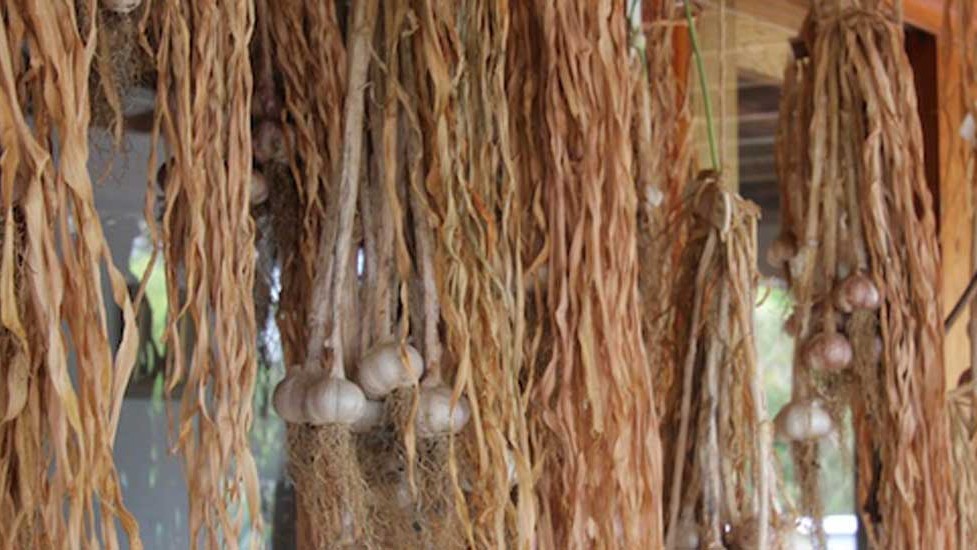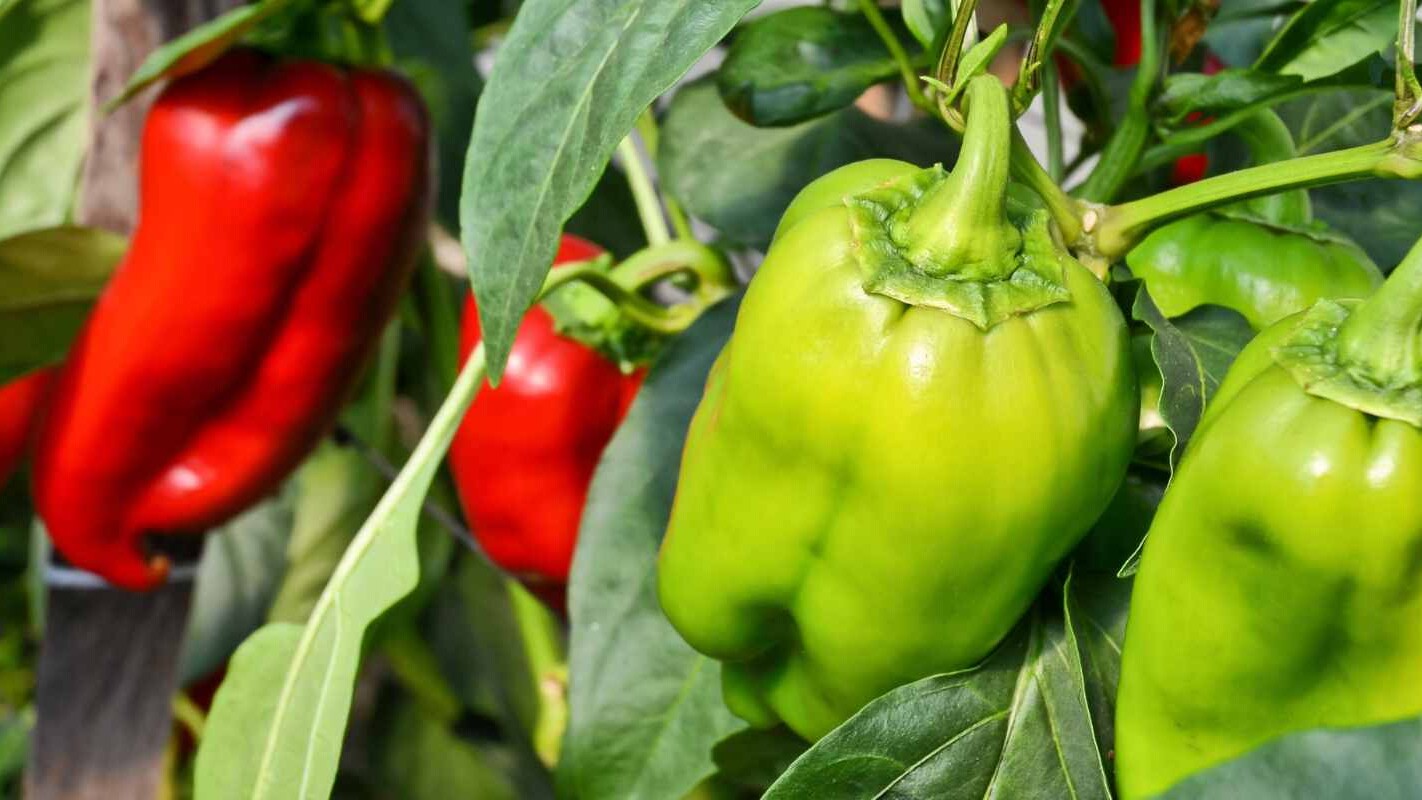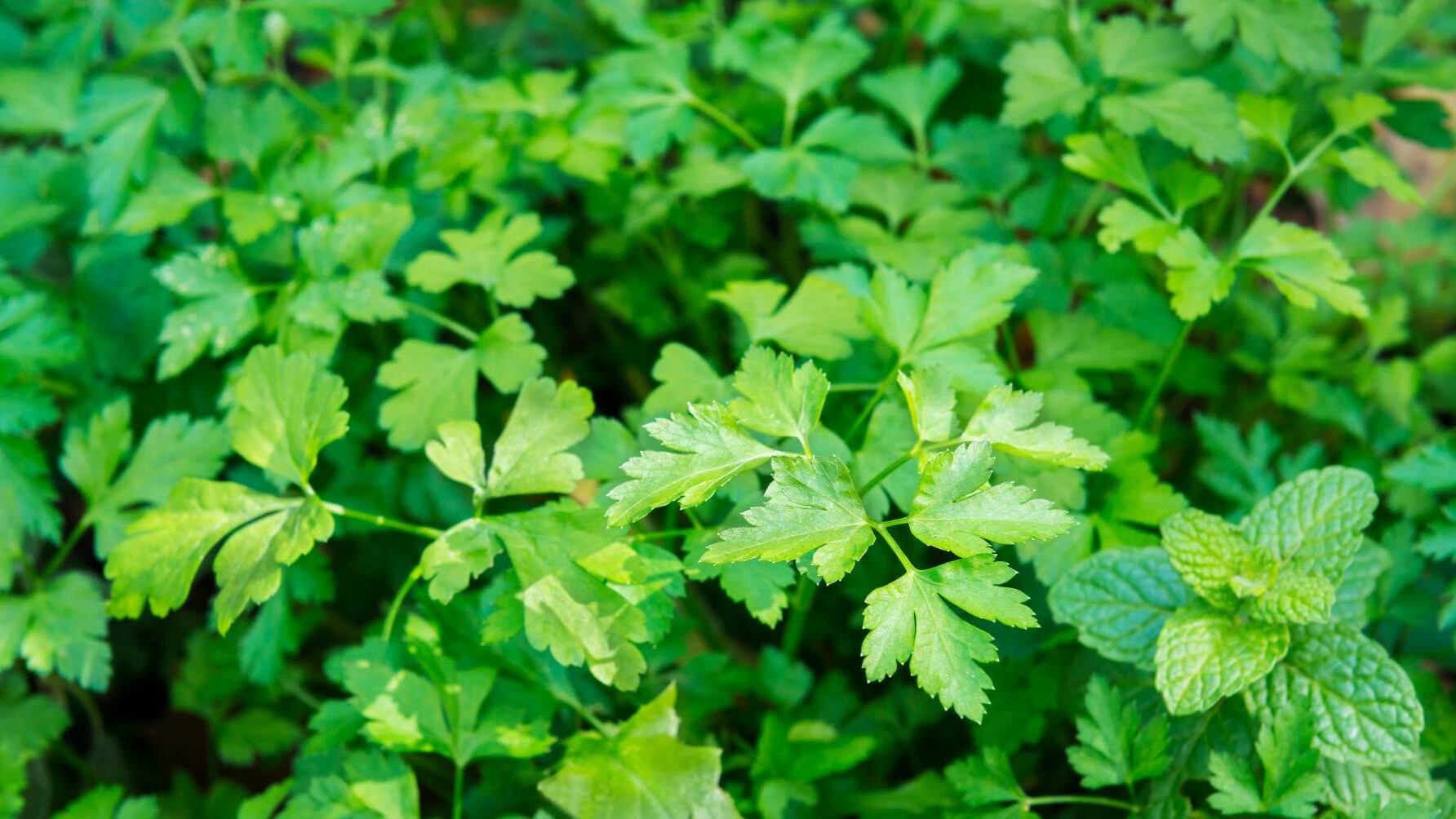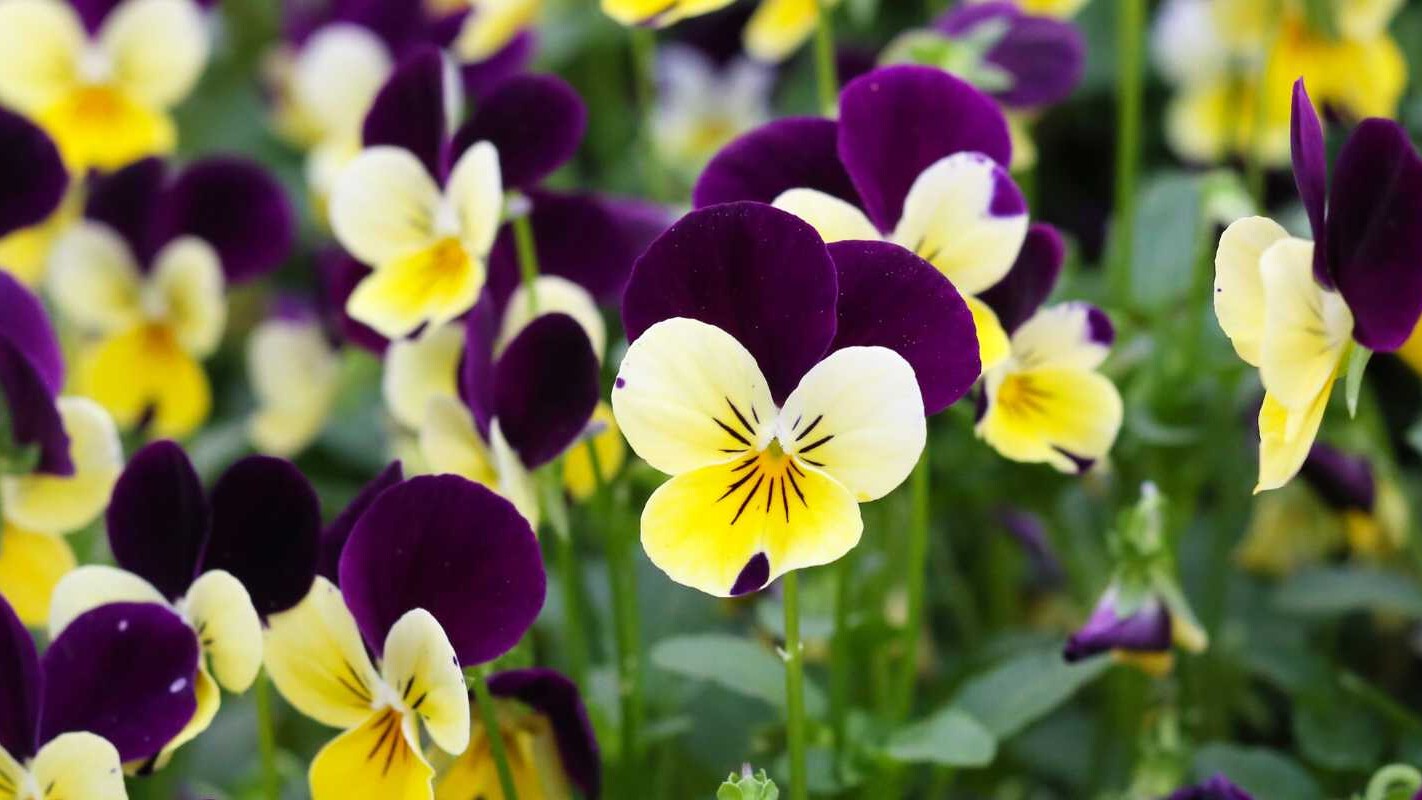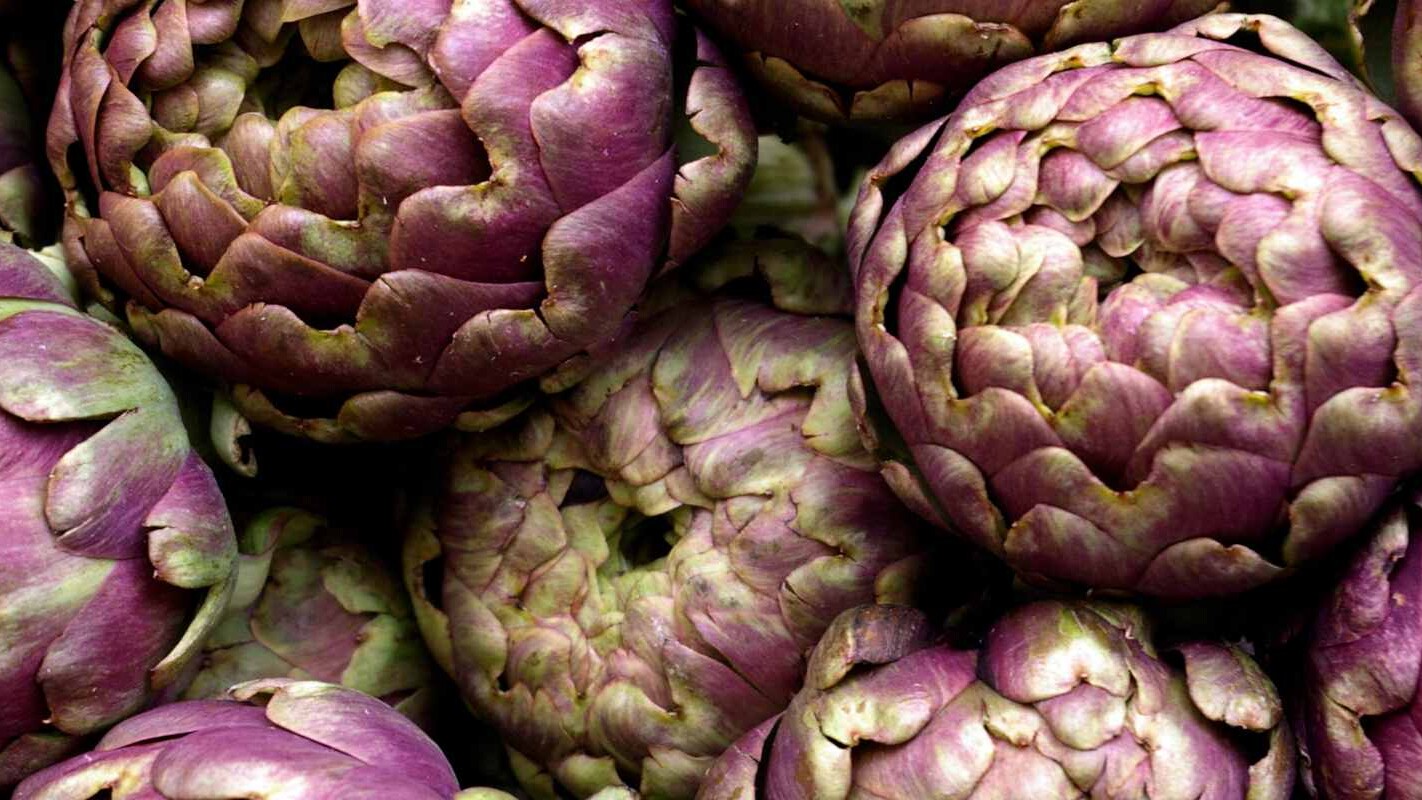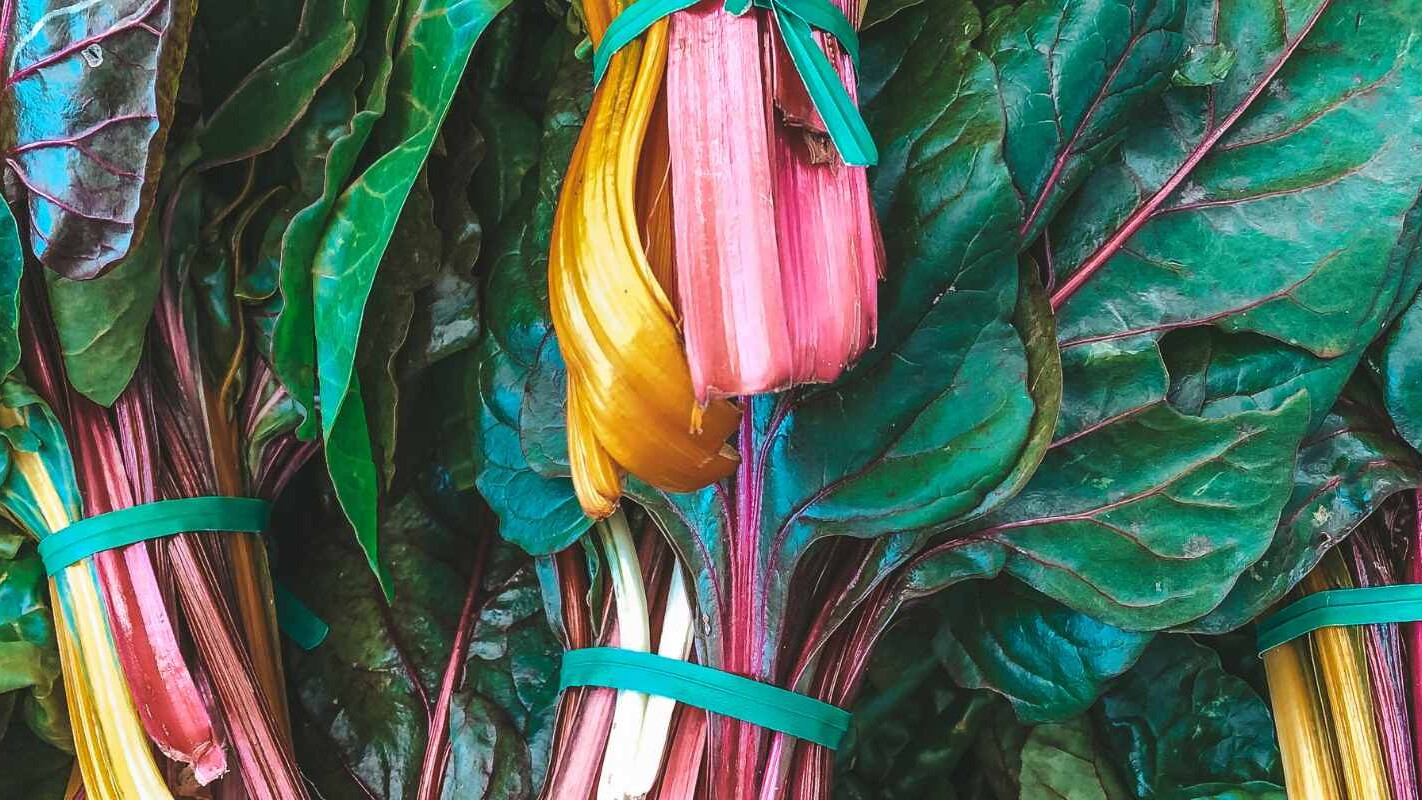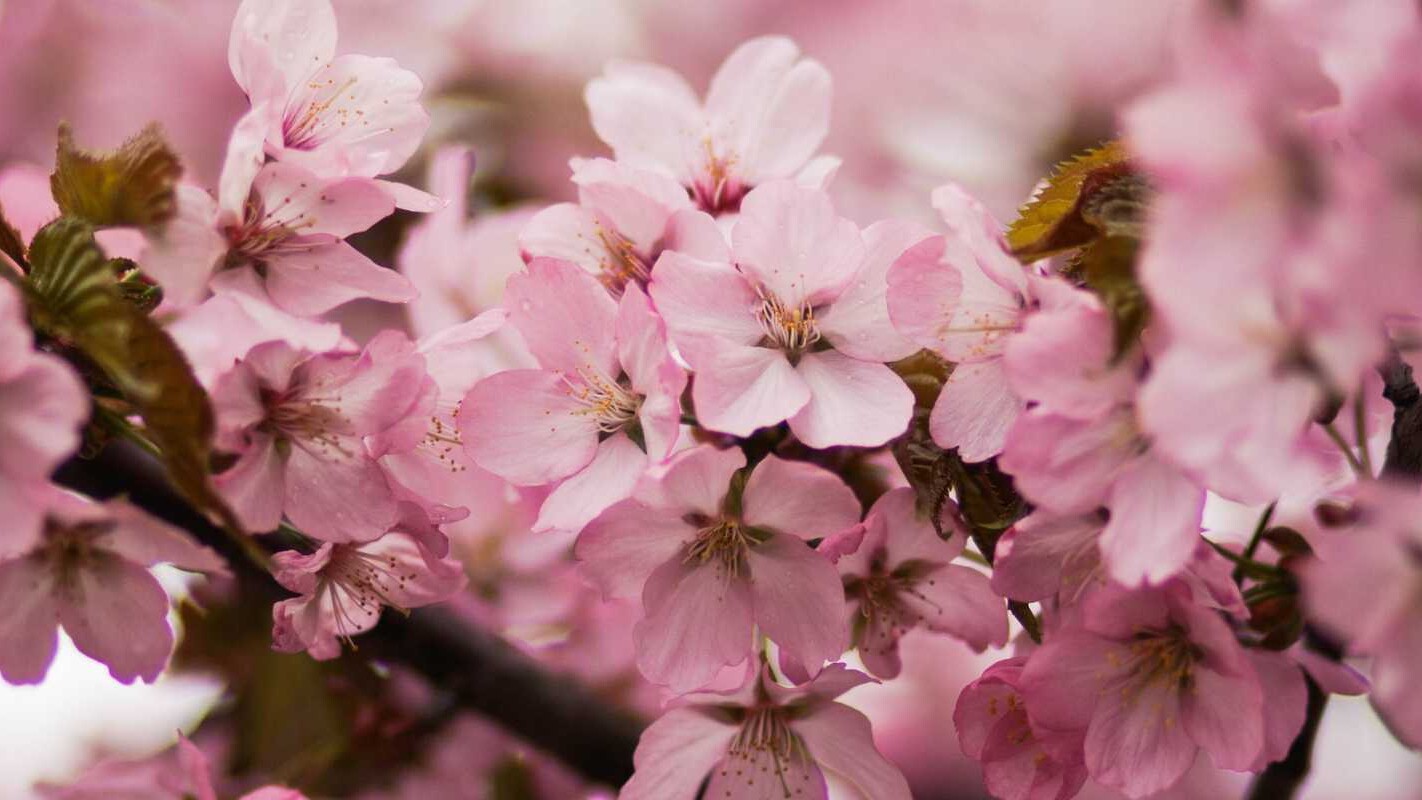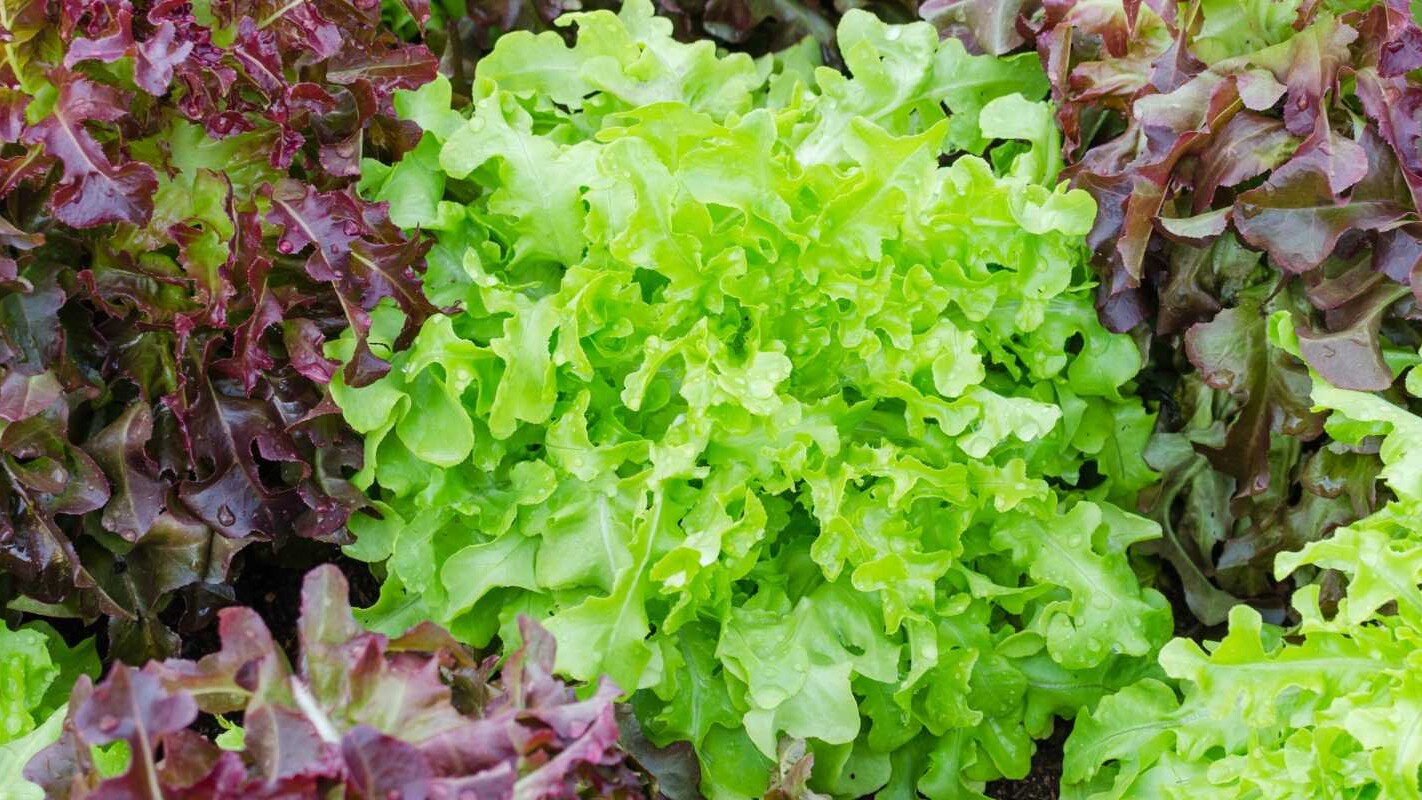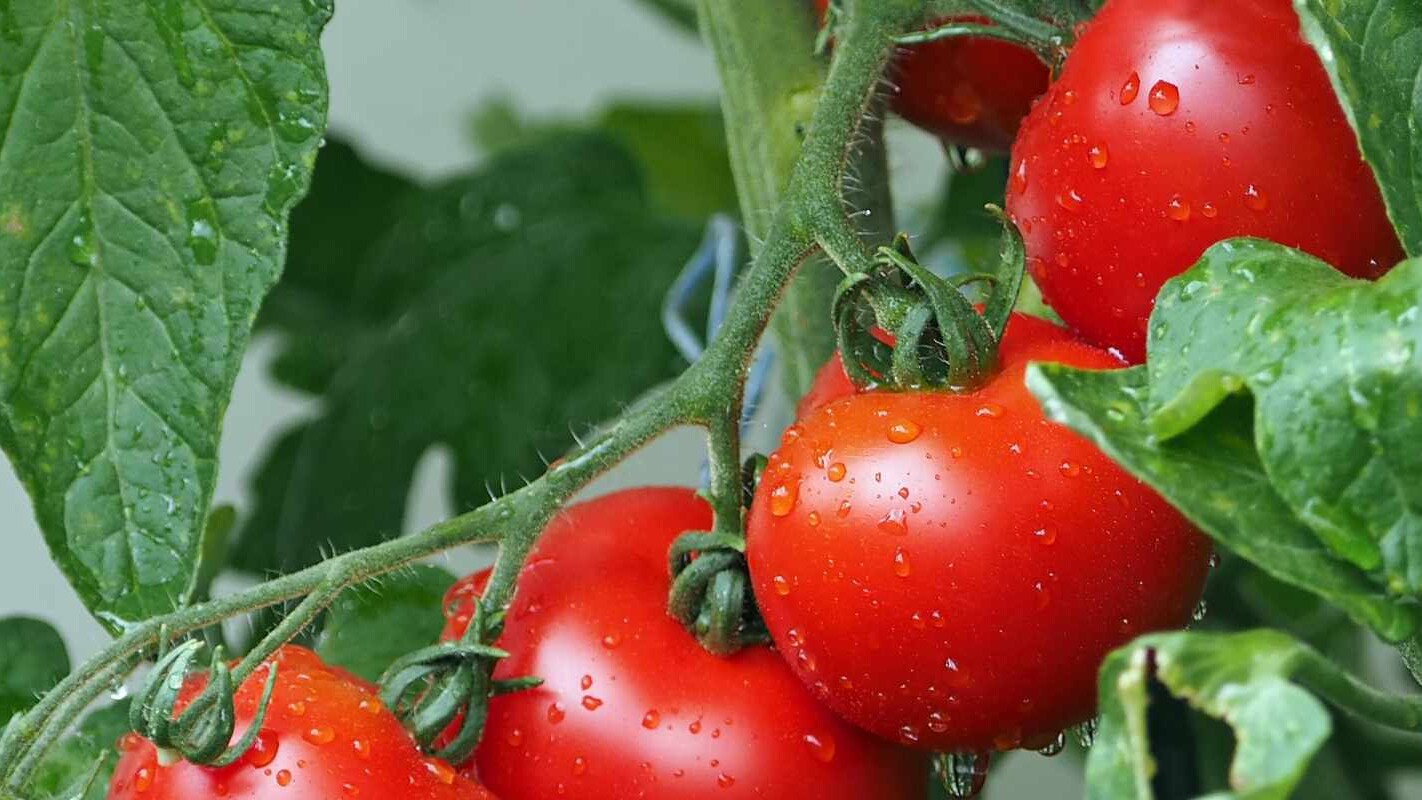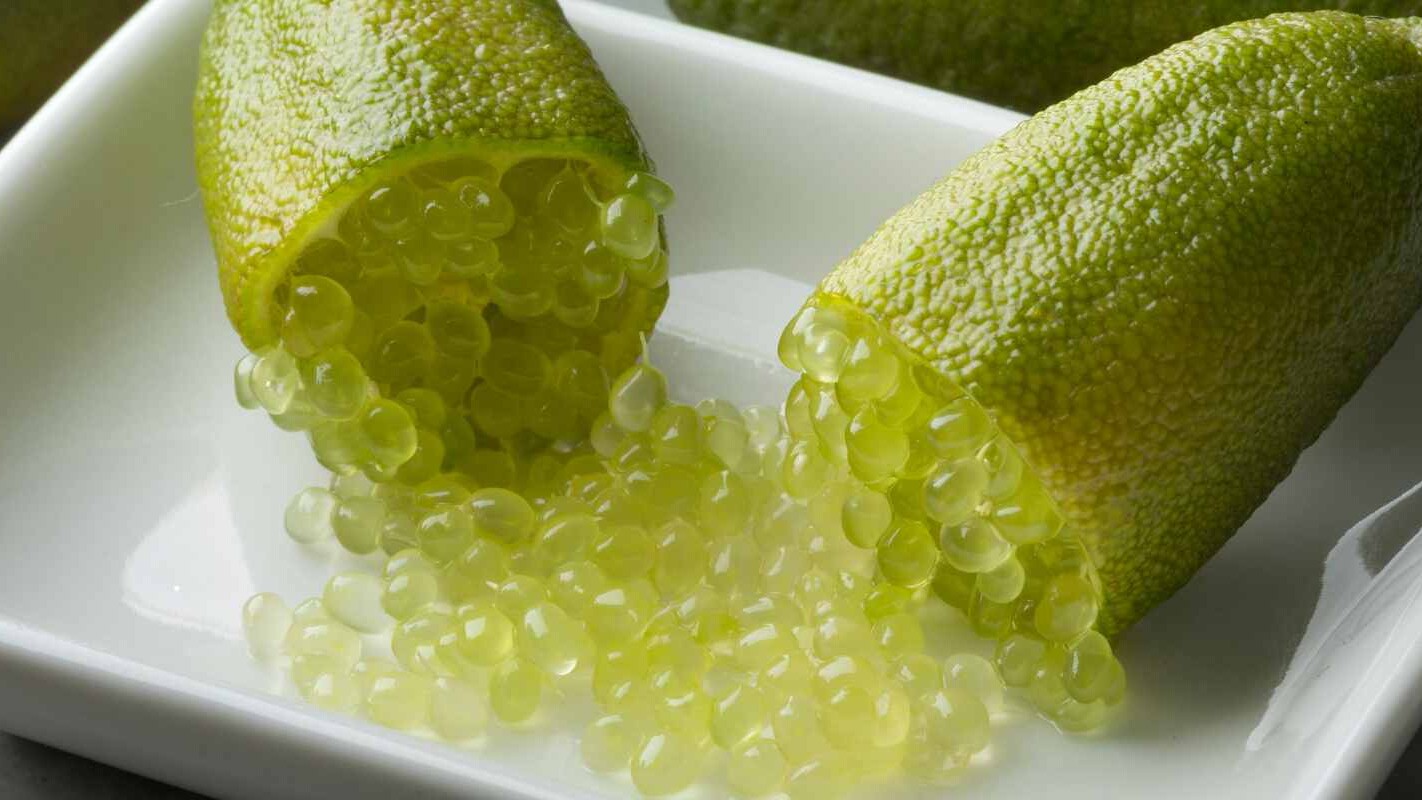No Dig Veggie Gardens
On a recent trip to my local shopping centre (one of those monolithic structures so big it has its own postcode) I was shocked to discover…
What to do for Flooded Gardens
What to do for flooded gardens is, unfortunately, a question more people need to ask. It seems that our climate is making extreme rainfall and…
January In Your Patch
Wondering what to do in January in your patch? What vegetables and herbs should you plant? It's the start of the New Year and whether it's time for a…
February In Your Patch
Because it is warmer than summers 10 years ago, you might need to change what you normally do your garden. Maybe in February in your patch some of…
March In Your Patch
March is the month named after Mars, the Roman God of War. So March in your patch is an excellent time to wage war on it. Be it ripping out the…
April In Your Patch
The perfect month for chocolate lovers and practical jokers alike, April is also a top time to get into the patch! There is a little bit of rain…
May In Your Patch
While the southern parts of Australia have donned winter pyjamas and flannelette sheets, the northern states are still revelling in warm, and mostly…
June in Your Patch
Ok, it’s official, winter is upon us. And while it may seem easier to curl up on the couch with a cup of tea and a good book, it is the perfect time…
July In Your Patch
When you look outside this time of year the last thing you feel like doing is standing out in the cold, wet and windy weather, especially if you live…
August In Your Patch
Days are getting longer, but not yet much warmer. Plants sense the changes in day length so, in temperate regions they are waking up, but further…
September In Your Patch
September is fantastic for gardeners! So much to plant in most regions of the country. In southern parts, the chill is almost gone from the…
October In Your Patch
With the weather warming up nicely, there’s no better place to be than the backyard. October is a huge month in the patch. With so many varieties to…
November In Your Patch
We’re always being told to eat more fruit and veggies and get more exercise with this diet or that exercise program. If the thought of donning the…
Finger Limes
The fruit of the Australian finger lime Citrus australasica is sought after by top restaurants around the world. Often described as ‘lime caviar’ for…


